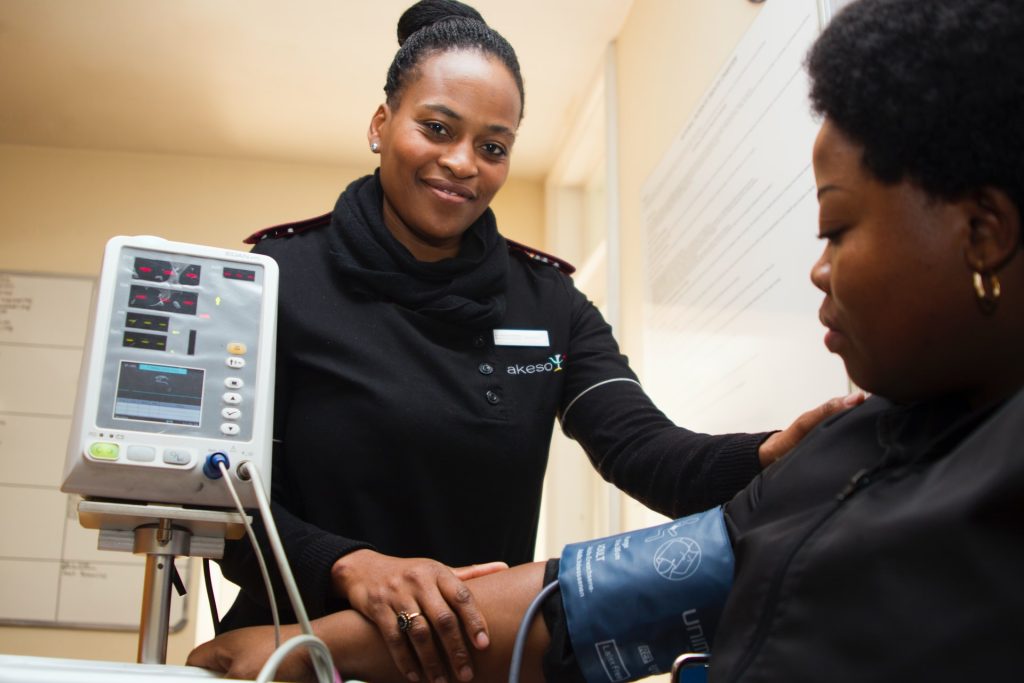
Only concerted multi-disciplinary collaboration and research will stem the tide of diabetes and diabetes-linked cardiovascular disease (CVD), the latter currently the leading cause of death locally and worldwide, claiming 17.9 million lives annually1.
This was the consensus among some of the world’s leading cardiologists and researchers gathered at the SA Heart Association’s annual congress aptly themed: ‘The Cardiac Collaboration,’ which took place at the Sandton Convention Centre in Johannesburg from 26-29 October this year.
Globally, CVD takes more lives than TB, HIV and malaria combined, while 215 South Africans are killed by CVD every day – with 80% of CVD and strokes being preventable.1,2 The prevalence of diabetes has also increased in South Africa, from 4.5% in 2010 to 12.7% in 2019. Of the 4.58 million people aged 20-79 years who were estimated to have diabetes in 2019, 52.4% were undiagnosed.3
With diabetes being a key driver of CVD – especially in Africa (with limited access to novel drugs and the prevalence of sugar-rich, poverty-driven lifestyles), the mutual consensus at this year’s congress was that collaboration is key.
Dr Zaheer Bayat, Chairperson of the Society for Endocrinology, Metabolism and Diabetes of South Africa (SEMDSA), told delegates that endocrinologists and cardiologists would have to work together to improve outcomes for diabetic patients, 30% of whom suffered cardiovascular events. He warned that a 134% increase of people living with diabetes was predicted over the next two decades, translating into a dramatic surge in chronic kidney disease, cardiovascular disease, blindness, and amputations.
Dr Bayat said he intends appealing for mass diabetes screening to find the 52% of people whom researchers estimate are undiagnosed. Ideally, this should be followed by access to cheaply acquired, effective new glucose-lowering drugs.
“The reality is that this country cannot afford all the new treatments for everyone – not private funders, not government. So, drugs are not really a solution – the best solution is to change lifestyle and prevent disease in the first place,” said Dr Bayat.
“We’re here to fight for our patients, not our pockets. Can we afford to have 52% of our patients not knowing they’re diabetic? People who should be contributing to our economy are living with diabetes and eventually dying,” he asserted.
Dr Bayat also said that globally, First World countries such as the USA and Sweden are reducing myocardial infarctions, strokes, and amputations, because they’re doing all the right things together. This included adopting a healthy lifestyle, effective management of sugar, blood pressure and cholesterol and smoking cessation.
“However, here in South Africa with private healthcare representing 15% of healthcare delivery but consuming 50% of the spend and the public sector representing 85% of the population and consuming the other half – we’re not doing nearly as well. With only 200 cardiologists in the country (one per 190 000 population), and even less nephrologists, we need to join together and change the trajectory of diabetes. We must work together to reduce morbidity and mortality,” said Dr Bayat.
According to the SA Heart Association, this graphically illustrates the importance of a multi-disciplinary approach, the very reason why the conference was called ‘The Cardiac Collaboration.’
The SA Heart Association has already begun forging formal ties with other academic societies and next year, it hopes to join and host joint sessions with collaborative meetings to connect a multidisciplinary team in order to achieve a well-rounded balance of care.
References:
- https://www.heartfoundation.co.za/wp-content/uploads/2017/10/CVD-Stats-Reference-Document-2016-FOR-MEDIA-1.pdf.
- https://world-heart-federation.org/what-we-do/prevention/#:~:text=An%20estimated%2080%25%20of%20cardiovascular,and%20%E2%80%9Cknowing%20your%20numbers%E2%80%9D.
- International Diabetes Federation. IDF Diabetes Atlas.10th ed. International Diabetes Federation; Brussels, Belgium: 2021. [Google Scholar] (primary). https://www.ncbi.nlm.nih.gov/pmc/articles/PMC10218408/#:~:text=The%20prevalence%20of%20diabetes%20mellitus,%25%20were%20undiagnosed%20%5B5%5D. (secondary).

